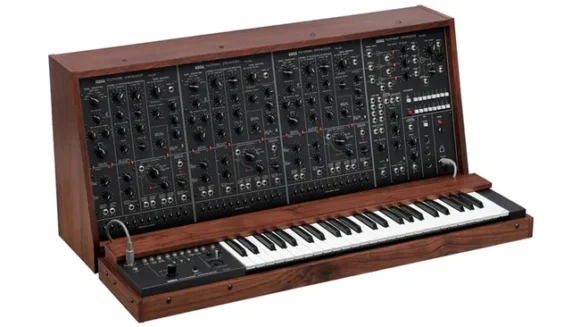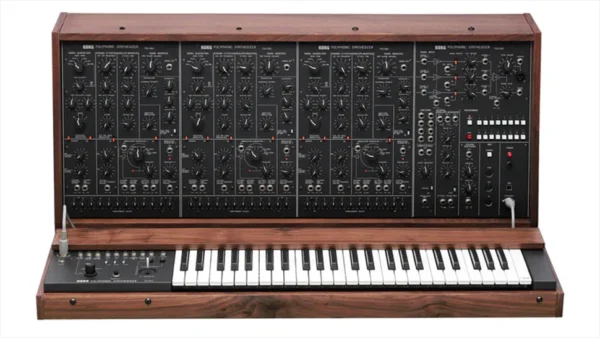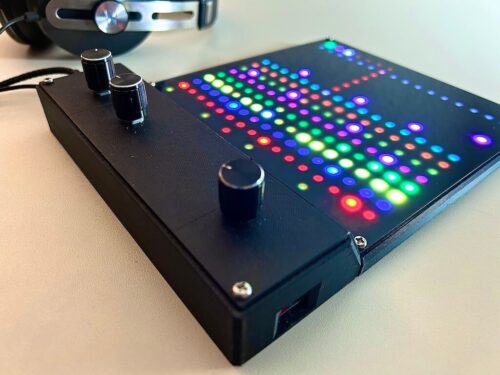Nord Grand 2 Updated With Hammer Action Keyboard & More Debuts Ahead Of 2024 NAMM Show
A new Kawai keybed makes the Nord Grand 2 feel like a piano, but with advanced layering options, it can also sound like a synth – ‘A genuinely unique experience’
Ahead of the 2024 NAMM Show, being held January 25-28, 2024 in Anaheim, California, Clavia has announced the Nord Grand 2, with the latest generation premium Hammer Action keybed from Kawai.
Here’s what they say about it:
“We are happy to introduce a new generation of our acclaimed Grand series, the Nord Grand 2!
The Nord Grand 2 features the latest generation premium Hammer Action keyboard from Kawai. Combining the responsive feel of an acoustic grand piano with our world renowned Sound Libraries and a tactile user interface, the sleek and elegant Nord Grand 2 offers a genuinely unique experience”.
Clavia has so many great Nord keyboards, each of which is designed for a slightly different kind of player, that it would be hard to classify one as the definitive ‘flagship’. The Nord Grand is certainly in the mix, though, and it’s now been updated to version 2.
This is no mere software revision, either: the Nord Grand 2 has a new and improved Kawai responsive hammer keybed with triple sensors for accurate tracking of hammer movement. As such, you can expect the instrument to feel even more like an acoustic piano.
Advanced layering options have also been added: you can now stack two pianos and two sample synths (as opposed to one of each on the original Nord Grand), and you get dedicated LED faders for each layer. There are further easy-access knobs and buttons for configuring layers and splits, adding effects or transposing.
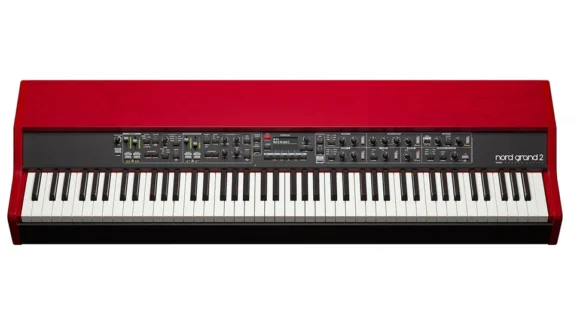
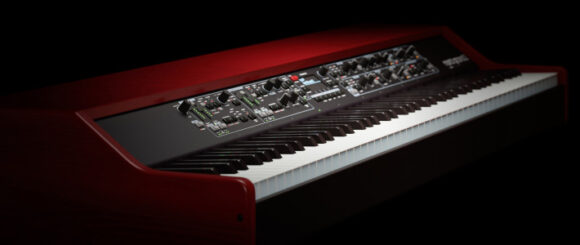
Each layer has its own dedicated effects section (there are new reverb, delay, amp sim and modulation processors), and you can set up to seven split points across the keyboard. These are indicated with LED lights, and Split Point Crossfades enable you to transition smoothly between them.
This being a Nord instrument, it almost goes without saying that the sounds will be top-notch. The grands, uprights and electric pianos come from the Nord Piano Library, also benefiting from new features such as Dynamic Compression and Unison.
The Sample Synth section has almost twice the memory of the one in the original Nord Grand, and includes a raft of new and updated sounds. You can control the attack, decay/release and dynamic velocity response, while the Soft and Bright settings give you another fast tone-shaping option.
You can expect greater realism from the wind, brass and string instruments, too, with a Tru-Vibrato feature promising to accurately model each one’s vibrato characteristics. Unison, meanwhile, can create ensemble-type sounds by blending multiple sample voices.
Given the continued absence of pitch and mod wheels, it’s clear that Clavia is still targeting the Nord Grand 2 at pianists rather than deep synthesists.
The Nord Grand 2 price around $3,699/£3,599. Find out more on the Nord Keyboards website.
